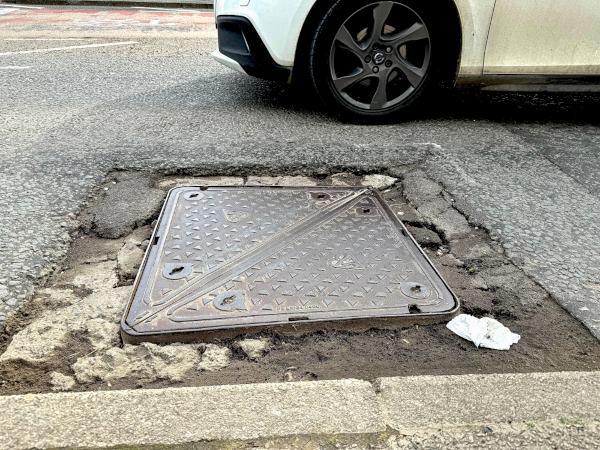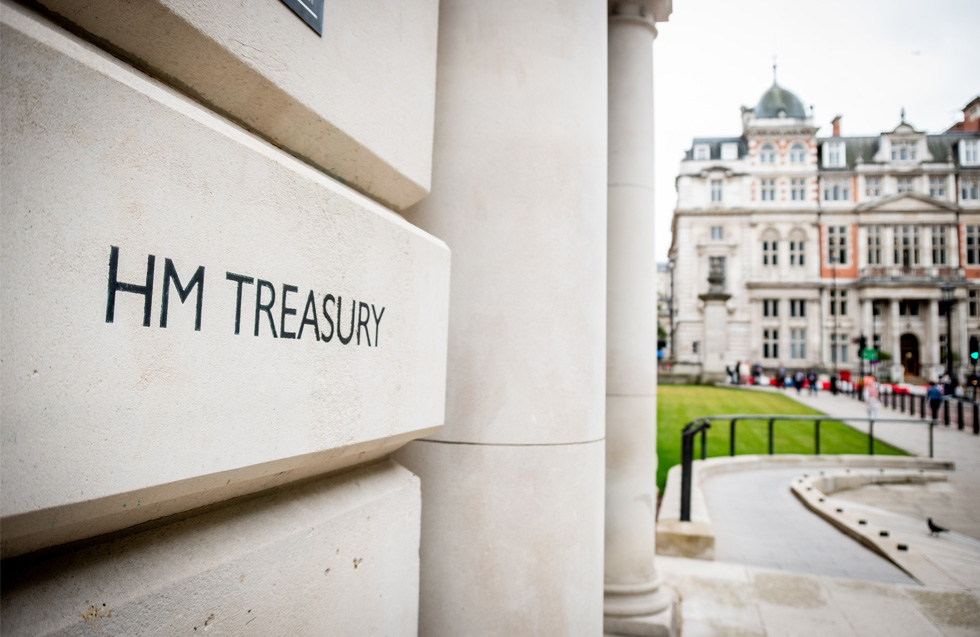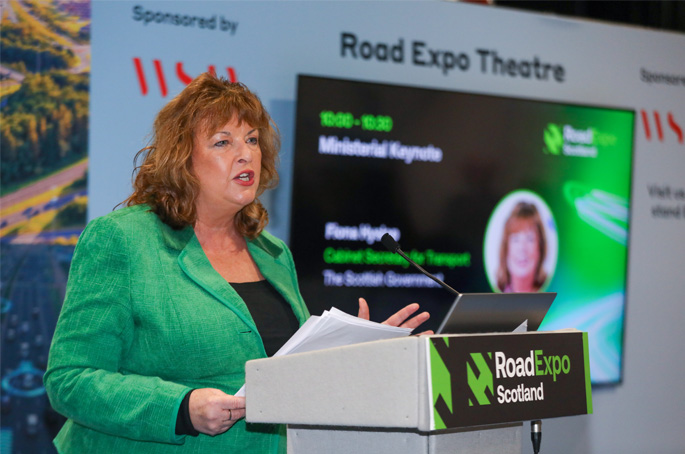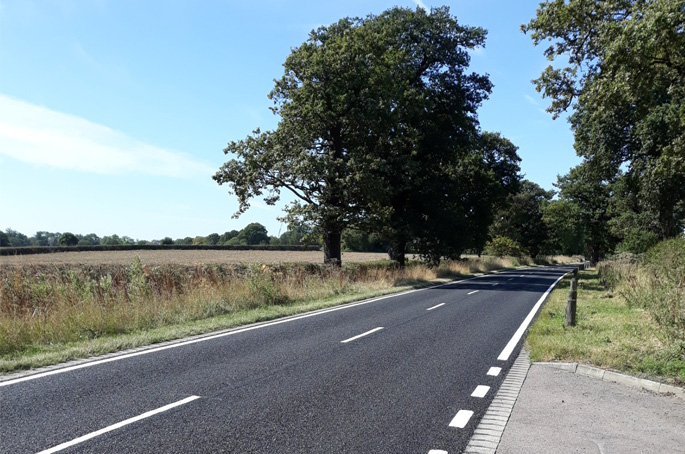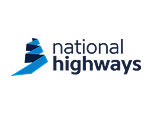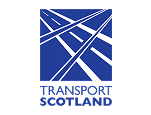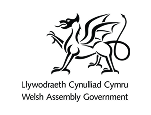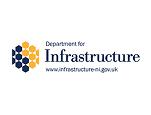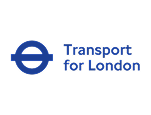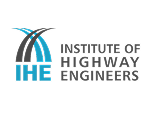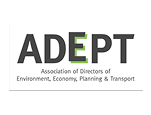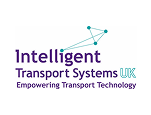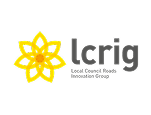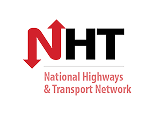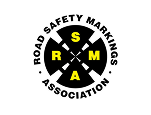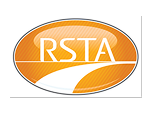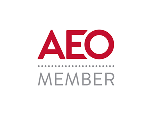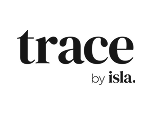A Government report on the economic benefits of investing in local highways maintenance found that the funding and reporting landscape is so complex any strategic appraisal was all but impossible.
The Department for Transport (DfT) commissioned AtkinsRéalis following an internal review, which recommended 'DfT take additional steps to assess and demonstrate the Value for Money (VfM) of the funding at a wider programme level'.
The review – Economic appraisal for investing in local highways maintenance – aimed to demonstrate the Benefit Cost Ratio (BCR) and Value for Money (VfM) of investing in local maintenance. It could also inform the Spending Review next spring.
It notes that 'overall, funding for local highways maintenance provides good to very good return on investment, with socioeconomic benefits estimated to provide up to £5+ return on £1 investment' and that 'research findings are unanimous in framing local highway maintenance as a good investment'.
However, there is 'little understanding of how to quantify and communicate many of the benefits as current tools and guidance only focus on a certain subset of monetised benefits'.
'BCRs and VfM of local highways maintenance is likely to vary considerably across different regions and different types of assets and even for different investment strategies on a single network section,' it states.
'Therefore, a direct assessment of a national level of VfM of maintenance may not be as informative as it would first appear. The outcome would be likely to enable only a binary decision of whether funds should be targeted at maintenance or not, but with no facility to inform a strategy of how much funding should be invested, where, or over what period of time.'
The report found that 'the assets that provide the foundations of the road network all need to be treated and assessed differently in relation to the inputs they require and how they influence the overall network'.
'All the key assets of the network are inter-connected and always have some level of overlap. Being able to break down the benefits and costs that are tied to each asset class is a complex task that is best represented through the comparison of schemes relative to the impacts of no intervention.'
When it comes to assessing 'preferred strategies at a local level', there had been significant investment in tools such as Highway Maintenance Appraisal Toolkit (HMAT) published in 2015 and the Highway Maintenance Economic Assessment (HMEA) from 2021, both of which were created by the Transport Research Laboratory (TRL).
However, the report found their use is 'somewhat limited at a local authority level due to a lack of experience or confidence in their use and concerns over budget to employ consultants'.
It notes that simplified models or tools requiring less input could be beneficial but potentially unreliable.
The review made similar findings to previous analysis from the Transport Select Committee and the RAC Foundation about the lack of clarity in local highways funding.
The AtkinsRéalis report states: 'How much money each local authority spends on highway maintenance annually or how that compares to funding allocated for that purpose is unclear.
'Local authorities do not formally report on actual maintenance budgets, so collating information of this nature requires significant effort. This also results in budget and spend data that is inconsistently produced and of potentially low levels of accuracy, comparability and national coverage.
'Funding streams themselves are inconsistent and currently uncertain from year to year, making long term planning near-impossible.'
Recommendations
The report calls for:
- Introduction of an incentivisation scheme for use of new or additional highways maintenance funding. Additionally, engage with stakeholders such as MHCLG and ADEPT to test the appetite for influencing revenue funding.
- Introduction of the digital data collection portal proposed during original State of the Nation project. This will allow for up-to-date and consistent data to be collected and could also be used to collect budget and spend data as part of an incentivisation system.
- Review potential to formally expand guidance for monetisation of some or all of the wider benefits identified in this report. Also, engage with industry groups such as UKRLG, ADEPT, CIHT, PIARC to gather further information on existing highway maintenance business cases.
- Define the desired scope for the appraisal of local highways maintenance (e.g., at network whole, network asset or scheme level). Once scope is selected, this will drive selection of options.
- Develop suite of tools to maximise impact of any appraisals, such as development of wider learning and engagement resources beyond highway maintenance specialists, which could include comms toolkit, guidance on consistent reporting, and reporting of DRC [Depreciated Replacement Cost] asset valuation.

